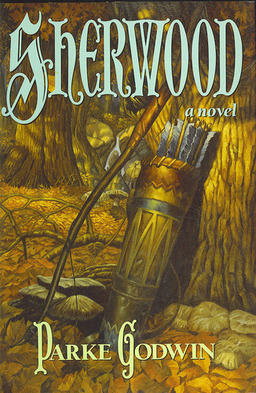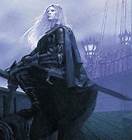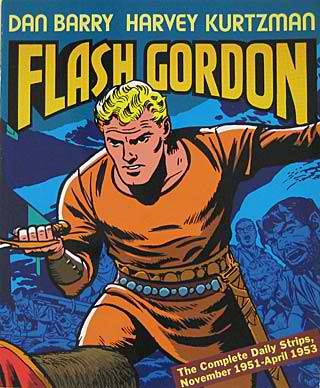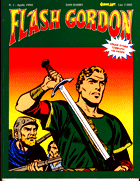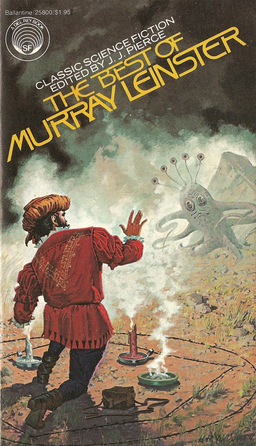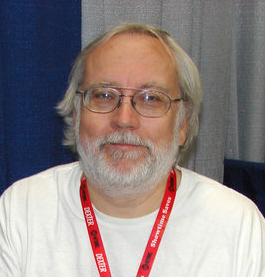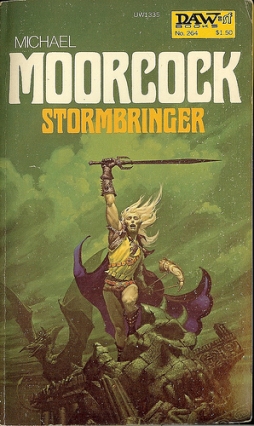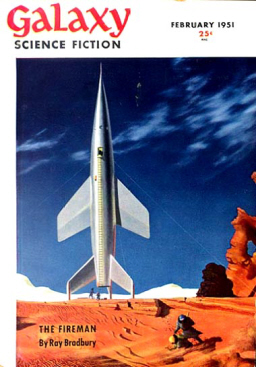Maureen F. McHugh’s China Mountain Zhang
 There’s a distinctive kind of surprise some science fiction books can generate: surprise that a book which seems to be speaking to the beliefs, fears, or world-view of a given time was in fact written well beforehand. I remember being taken aback, for example, that A Clockwork Orange was first published in 1962, before hippies and punks and the coining of ‘generation gap’ (first recorded 1967). And it’s interesting to me that Maureen F. McHugh’s China Mountain Zhang, published in 1992, calmly and thoroughly imagines a future dominated by China — something much discussed today, but a less common idea before the turn of the millennium. McHugh’s book is a twentieth century novel, lacking a world wide web or smartphones, that speaks to the twenty-first.
There’s a distinctive kind of surprise some science fiction books can generate: surprise that a book which seems to be speaking to the beliefs, fears, or world-view of a given time was in fact written well beforehand. I remember being taken aback, for example, that A Clockwork Orange was first published in 1962, before hippies and punks and the coining of ‘generation gap’ (first recorded 1967). And it’s interesting to me that Maureen F. McHugh’s China Mountain Zhang, published in 1992, calmly and thoroughly imagines a future dominated by China — something much discussed today, but a less common idea before the turn of the millennium. McHugh’s book is a twentieth century novel, lacking a world wide web or smartphones, that speaks to the twenty-first.
It does so because it’s a very strong book. And because the world it imagines is credible; the setting doesn’t seem a product of the anxiety of an ebbing imperial power, but a depiction of life as it is lived in the future. Characters go about their business, negotiating with the structures of their society as we do ours. We recognise them, and what they do, and their attempts to plan out their lives. As in much of the best science fiction, the imagined society’s complex and deeply imagined, existing in a dynamic relationship with character; it’s realistic, but not mimetic, and uses both its differences and similarities to the world we know as a way of getting at its thematic interest.
The book’s made up of long chapters that have the shape of short stories. Most follow an engineer surnamed Zhang, whose given names are ‘Rafael’ and ‘Zhong Shan,’ the latter of which can be translated ‘China Mountain.’ We follow Zhang as he finds his way to a career and builds a life for himself, a task complicated by ethnicity and sexual orientation. In and around the chapters dealing with Zhang are stories following other characters, minor figures in his life who broaden the story and add depth to the novel’s setting and structure. One of the metaphors that emerges in the book is chaos theory, and the now-familiar image of the butterfly fluttering its wings and causing a hurricane on the far side of the world; so these characters help demonstrate the interconnectedness of the world, affecting each other slightly or significantly, a structural embodiment of the chaos imagery.

